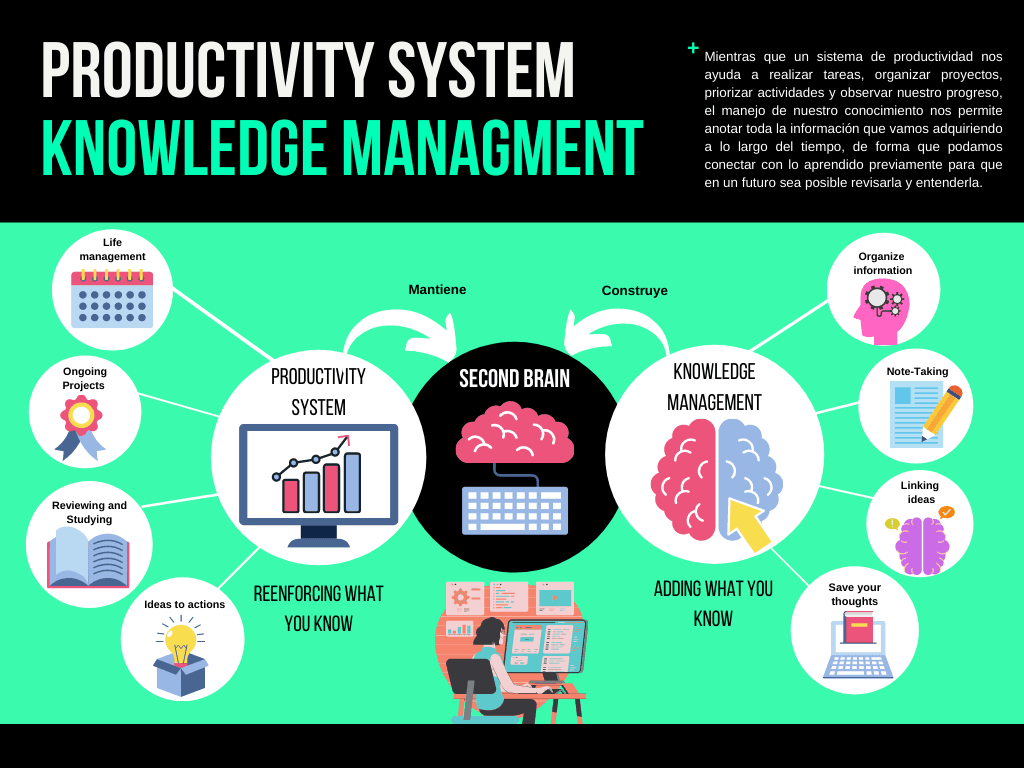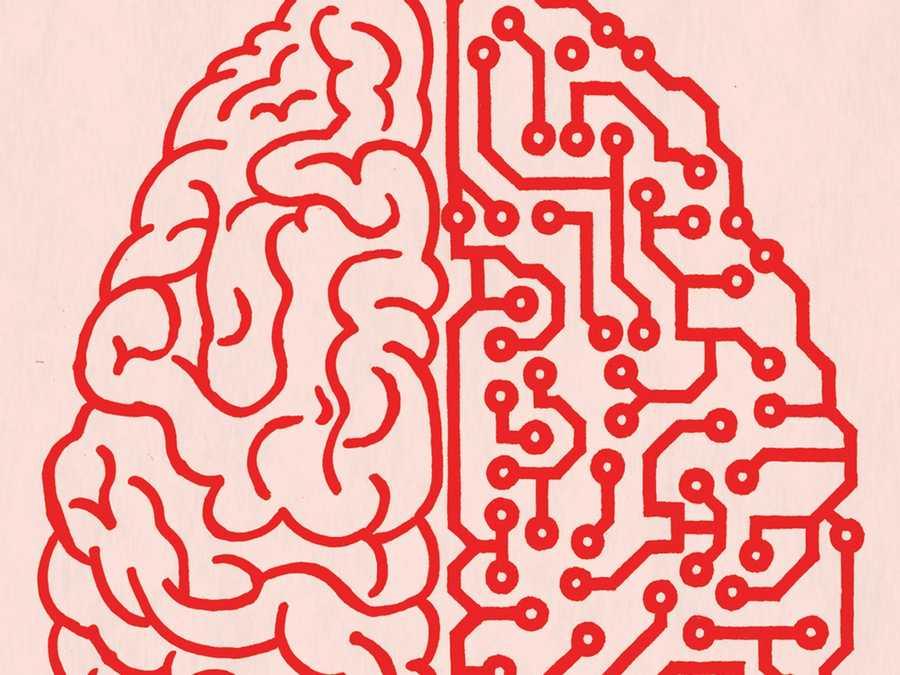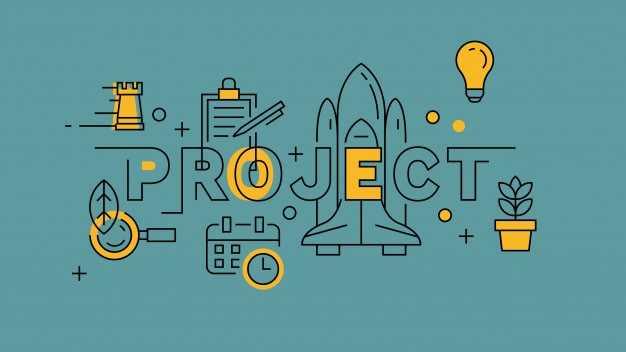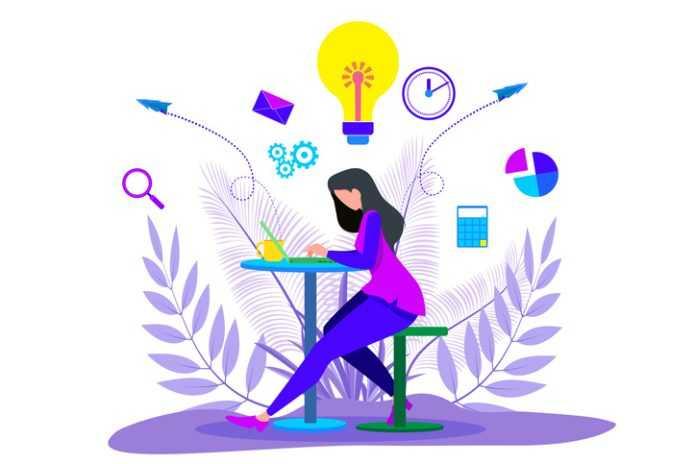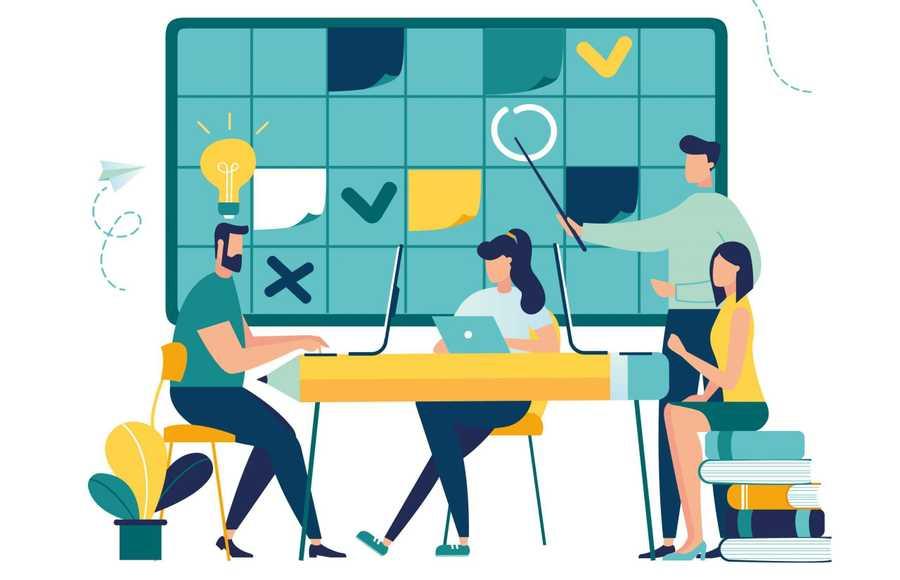The Second Brain: A Method to Organize Your Ideas
Curated from: fortelabs.co
Ideas, facts & insights covering these topics:
12 ideas
·30.3K reads
215
6
Explore the World's Best Ideas
Join today and uncover 100+ curated journeys from 50+ topics. Unlock access to our mobile app with extensive features.
How to build The Second Brain
How many brilliant ideas have you forgotten? How many insights have you failed to take action on?
We feel constant pressure to be reading, listening, and watching informational content. And yet, where has all that knowledge gone? Where is it when we need it? Our brain can only store a few thoughts at any one time. Our brain is for having ideas, not storing them.
Building a Second Brain is a methodology for saving and systematically reminding us of the ideas, insights, and connections we've gained through experience. It expands our intellect using the modern tools of technology and networks.
611
3.91K reads
10 Principles on building a Second Brain
1. Borrowed Creativity
2. The Capture Habit
3. Idea Recycling
4. Proyects Over Categories
5. Slow Burns
6. Start with abundance
7. Intermediate Packets
8. You only know what you make
9. Make it easier for your future self
10. Keep your ideas moving:
619
3.8K reads
1. Borrowed Creativity
Instead of starting from scratch, you can use other people's ideas and put them together with your own, and create something that benefits you.
That way, you spend time creating what you need to reach your goals, instead of wasting hours trying to start from zero.
Example: If you use Notion, you may know that the templates created by notion users can be used and personalized by others.
577
3K reads
2. The Capture Habit
Our mind is fragile, therefore every idea, thought or information that interests us must be captured and recorded either manually or digitally.
Example: When reading a book, listening to a podcast, or any activity about a certain topic, if you find something that resonates with you should save it and use it.
585
2.79K reads
3. Idea Recycling
Reusing our own ideas in several projects is an activity that can be very useful to us since we not only relate the new information with what we already have but in this way we avoid starting a project with a blank mind.
555
2.52K reads
4. Projects Over Categories
When capturing an idea, instead of categorizing it in a folder, it is better to join it with other documents that have a clear objective such as a project or activity.
Example: You want to be more productive, gather all the ideas that help to that end.
565
2.5K reads
5. Slow Burns
Although you could finish a project, task or activity if you focus on it for a long period of time, this does not mean that you should do it.
You will end up exhausted and limited to advance one project at a time. Instead, dividing your schedule into different activities and repeating them every day is more convenient.
Example: Instead of cramming all night, studying a few hours every day is better for our health and more effective.
568
2.09K reads
6. Start with abundance
Do not start with a blank page, when dealing with a new topic, you may have read or saved some information that is related to it, therefore you can use these papers or researches that you did to start and have a better vision on the subject.
554
2.02K reads
7. Intermediate Packets
Known as a block of content or information in an essay. It is like a section or paragraph in the paper, you can take them and use them in other projects.
If you can, memorize the blocks of information that can help you in the future so that you can insert them whenever you want.
551
1.88K reads
8. You only know what you make
We can see, listen, and read all kinds of things that interest us, but at the end of the day what we are going to be left with is everything we do with that information, whether it is a summary of these materials or some other activity such as writing your opinion or thoughts about it.
564
1.79K reads
9. Make it easier for your future self:
Create documents or files that your future self can easily understand, use your own words, make mind maps, or do your own summaries because you will most likely forget everything you are learning now.
Example: The infographic at the beginning is a good example, it synthesizes the concepts and activities involved in building a Second Brain.
559
1.84K reads
10. Keep your ideas moving:
It doesn't matter how much information you're storing in your second brain if you don't put it into practice, it's useless for it to be there accumulating.
Example: We all know that exercising is good, but not all of us practice it.
562
2.16K reads
IDEAS CURATED BY
"Let curiosity drive you to never stop learning" 💫 Just a student who wants to learn and share some interesting things
Dark Moon's ideas are part of this journey:
Learn more about productivity with this collection
Practicing empathy in relationships and communication
Understanding the importance of balance in personal and professional life
Defining your path in life
Related collections
Similar ideas
21 ideas
The Second Brain Method for Higher Productivity: A Guide to Achieving Your Goals
cosmopolitanmindset.substack.com
14 ideas
Building a Second Brain 🧠 - Forte Labs
fortelabs.co
7 ideas
How to Build a Second Brain - Tiago Forte Style — Keep Productive
keepproductive.com
Read & Learn
20x Faster
without
deepstash
with
deepstash
with
deepstash
Personalized microlearning
—
100+ Learning Journeys
—
Access to 200,000+ ideas
—
Access to the mobile app
—
Unlimited idea saving
—
—
Unlimited history
—
—
Unlimited listening to ideas
—
—
Downloading & offline access
—
—
Supercharge your mind with one idea per day
Enter your email and spend 1 minute every day to learn something new.
I agree to receive email updates

